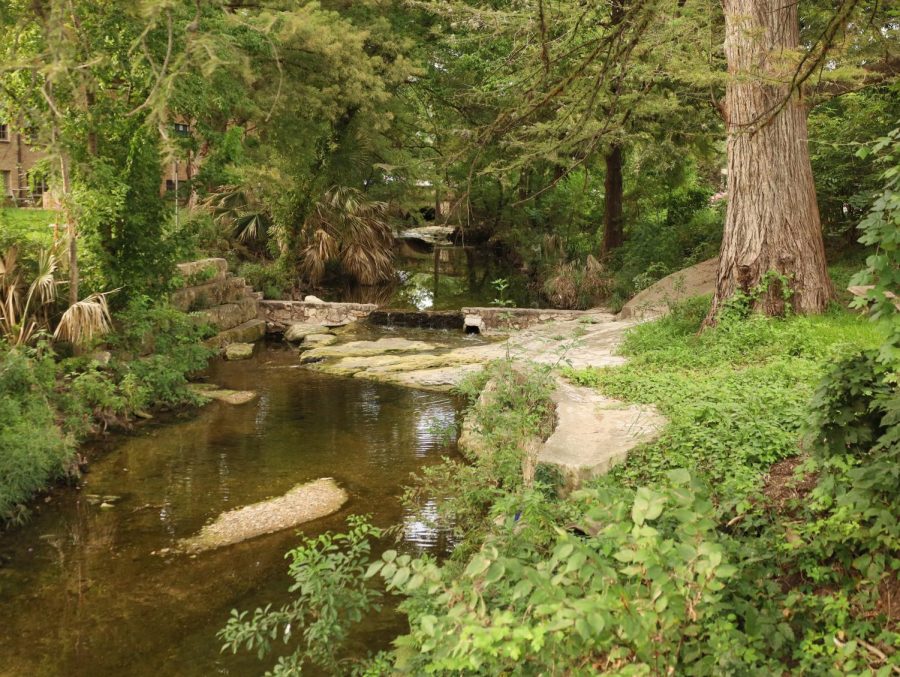Study highlights importance of Waller Creek watershed
September 20, 2022
A new study written in part by UT researchers found that the green spaces near Waller Creek have a variety of functions that benefit both humans and wildlife.
A watershed is any area of land that drains to a particular creek, lead study author Amy Belaire said. Urban watersheds occur when the land that drains to the creek is highly developed with features such as roads and buildings, Belaire said. Austin’s Waller Creek Watershed spans from the crossing of W. Anderson Lane and N. Lamar Boulevard at the north end of the city, to the Colorado River flowing under First Street.
“Waller Creek … is the most urbanized watershed in the city,” Deidre Zoll, study author and a UT integrative biology postdoctoral fellow, said in an email.
The study said that although these ecosystems are important, it can be difficult to balance the needs of both an expanding city and the nature that is a part of it.
The study examined a wide range of ecosystem services — the ways in which natural systems support human life and wellbeing — that the Waller Creek Watershed provides to the city of Austin.
Ecosystem services include air purification, increased habitats for animals and recreation for humans, Zoll said. For example, one of these mutual benefits of Waller Creek, or “win-wins” as the study calls them, was the observed affinity of these spaces from both people and pollinators, Belaire said.
“As we saw more diversity of pollinators, we also saw that people liked those same spaces. We’re seeing higher visitation rates in those green spaces,” said Belaire, a science and strategy program advisor with The Nature Conservancy. “We see an opportunity to support green spaces not just for what they can do for people surrounding the park, but we also have an opportunity to benefit other species.”
Zoll said this study is unique because it focuses on more than one specific characteristic of an ecosystem. If optimized, the watershed’s ecosystem could provide recreation, native vegetation and “resistance to climate change” due to decreased “urban heat island effects” and more, according to the study.
“Much of the existing research about urban ecosystem services focuses on one or two benefits,” Zoll said.
Zoll said the study looked at biodiversity and habitat benefits including carbon sequestration, air pollution, temperature and recreation.
The findings of this study highlighted the importance of policies that protect these vital environments, some of which the city of Austin has already enacted, Belaire said. Austin was the first city in the world to adopt the Sustainable Sites Initiative, a system of guidelines for parks to be designed and managed to maximize benefits as possible for both the environment and people.
“We are lucky to live in a place that, for a long time, has prioritized park space and green space preservation as the city grows, and it continues to be a priority of the city to integrate nature,” Belaire said. “Making that a priority as we continue to grow is a big deal.”















